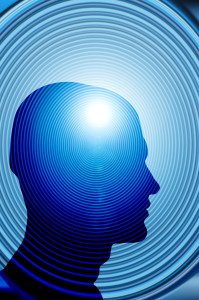What is BLT?
If you ask most medical doctors, BLT conjures up images of a nice lunch break from the office at a local diner. But actually, bright light therapy, or BLT, is an underused and undervalued treatment for certain types of insomnia, jet lag, and depression.
How Does Bright Light Therapy Work?
Studies show that bright light therapy can help people who suffer from sleep phase shift disorder by resetting their brain’s internal sleep/wake cycle clock. Bright light therapy also stimulates the retina to send signals to the brain to release antidepressant neuro-chemicals, and when used regularly and consistently can be a reasonable non-drug depression treatment.
What does Bright Light Therapy Involve?
Three things are required for effective bright light therapy: Supervision by an experienced psychiatrist, patient commitment to the process, and access to and daily use of a 10,000 bright white therapy lamp that is UV-filtered and diffused.
It is important to have a psychiatrist supervise and monitor the patient during the period of time bright light therapy is initiated and used, as there can be side effects and complications, such as eye pain and headaches, as well as mania in those who have bipolar disorder. Usually an experienced integrative psychiatrist is able to manipulate the frequency, intensity, and times in which the bright light lamp is used in order to avoid and/or manage risks and adverse reactions.
I have found that bright light therapy can be used to complement medications and/or transcranial magnetic stimulation (TMS) in the treatment of depression. In combination with melatonin, bright light therapy can also be a wonderful way to help more naturally correct initial insomnia. Each patient is different, and their specific treatment should always be tailored to their specific symptoms and history.
Article content, © Kira Stein, MD, APC. | West Coast Life Center

